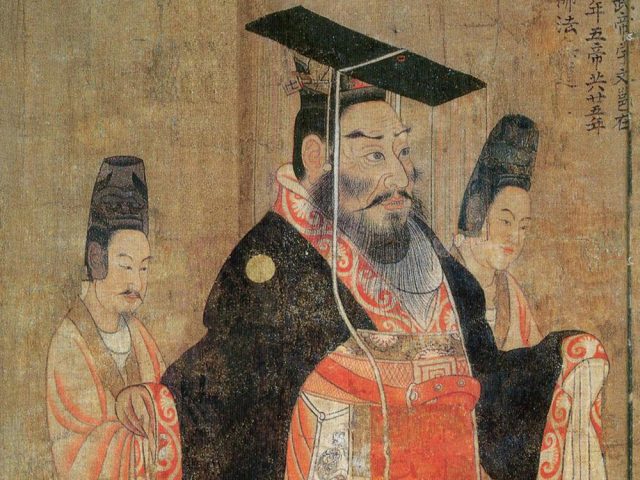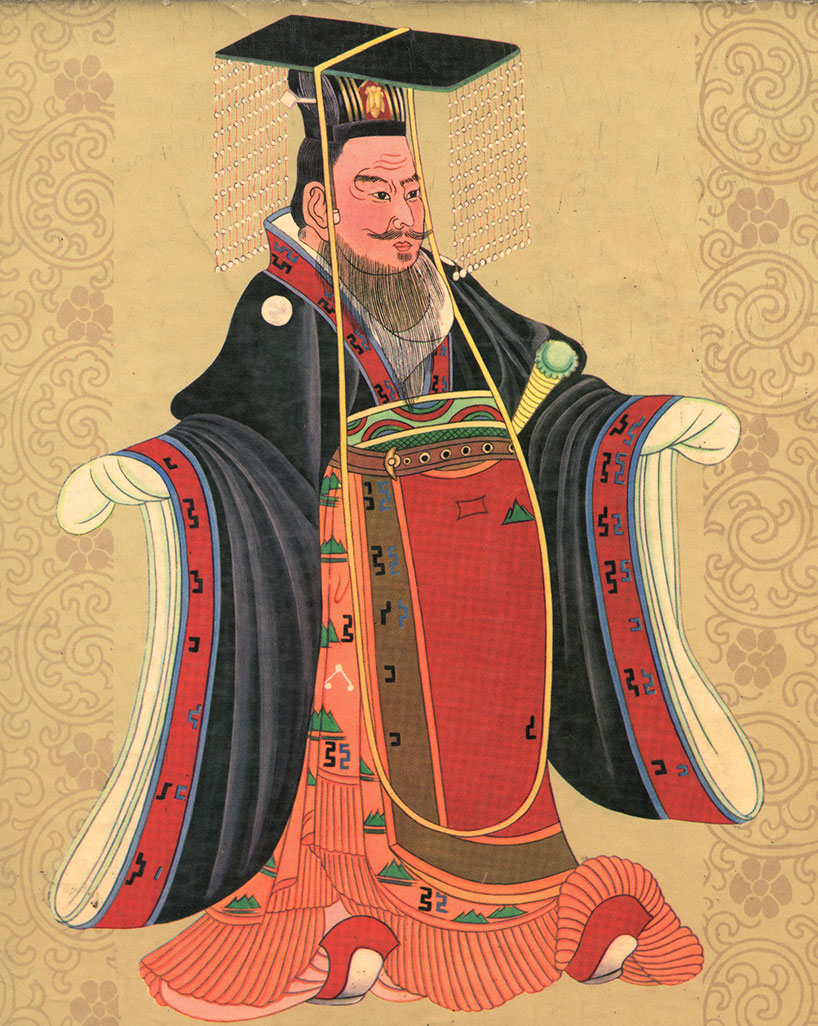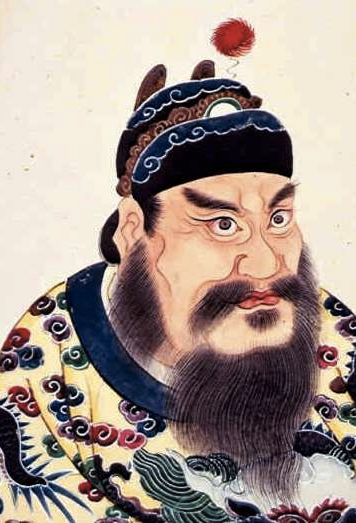Face of Chinese emperor reconstructed using ancient DNA 1500 year ago

The facial reconstruction of Emperor Wu who was ethnically Xianbei. The face of a Chinese emperor who ruled 1,500 years ago has been reconstructed using ancient DNA. Chinese scientists recreated the face of 6th Century monarch Emperor Wu of Northern Zhou using DNA extracted from his remains. The study suggests his death at the age of 36 might be linked to a stroke. It also sheds light on the origin and migration patterns of a nomadic empire that once ruled parts of north eastern Asia.

The facial reconstruction of Emperor Wu of Northern Zhou, who ruled 1,500 years ago. (Pianpian Wei via SWNS)
By Stephen Beech via SWNS
The face of a Chinese emperor who ruled 1,500 years ago has been reconstructed using ancient DNA.
Chinese scientists recreated the face of 6th Century monarch Emperor Wu of Northern Zhou using DNA extracted from his remains.

The study suggests his death at the age of 36 might be linked to a stroke.
It also sheds light on the origin and migration patterns of a nomadic empire that once ruled parts of northeastern Asia.
Emperor Wu was a ruler of the Northern Zhou dynasty in ancient China.

During his reign from 560 to 578 AD, he built a strong military and unified the northern part of ancient China after defeating the Northern Qi dynasty.
Emperor Wu was ethnically Xianbei, an ancient nomadic group that lived in what is Mongolia today and northern and northeastern China.
Study co-author Dr Shaoqing Wen, of Fudan University in Shanghai,said: “Some scholars said the Xianbei had ‘exotic’ looks, such as thick beard, high nose bridge, and yellow hair.
“Our analysis shows Emperor Wu had typical East or North East Asian facial characteristics.
Archaeologists discovered Emperor Wu’s tomb in north-western China in 1996.
They found his bones, including a nearly complete skull.
With recent advances in ancient DNA research, Dr. Wen and his team were able to recover more than one million single-nucleotide polymorphisms (SNPs) on his DNA, some of which contained information about the color of Emperor Wu’s skin and hair.
Combined with Emperor Wu’s skull, the team reconstructed his face in 3D.
The result, published in the journal Current Biology, shows Emperor Wu had brown eyes, black hair, and dark to intermediate skin.

Photo by Lawrence Suzara via Pexels
By Talker
The research team said his facial features were similar to those of present-day Northern and Eastern Asians.
Co-author Pianpian Wei, of Fudan University, said: “Our work brought historical figures to life.
“Previously, people had to rely on historical records or murals to picture what ancient people looked like.
“We are able to reveal the appearance of the Xianbei people directly.”
The research team said Emperor Wu died at the age of 36, and his son also died at a young age with no clear reason.
Some archaeologists say Emperor Wu died of illness, while others argue he was poisoned by his rivals.
By analyzing Emperor Wu’s DNA, the research team found that the emperor was at an increased risk for stroke, which might have contributed to his death.
The finding aligns with historical records that described the Emperor as having aphasia, drooping eyelids, and an abnormal gait – potential symptoms of a stroke.
The genetic analysis also shows the Xianbei people intermarried with ethnically Han Chinese when they migrated southward into northern China.
Dr. Wen added: “This is an important piece of information for understanding how ancient people spread in Eurasia and how they integrated with local people.”
Next, the research team plans to study the people who lived in ancient Chang’an city in north western China by studying their ancient DNA.
Chang’an was the capital city of many Chinese empires over thousands of years and the eastern terminus of the Silk Road, an important Eurasian trade network for thousands of years.
Related Post
A shocking documentary proves that mermaids do exist
SHOCKING Revelation: Thuya, Mother of Queen Tiye, Was the Grandmother of Akhenaten and Tutankhamun—What Ancient Egyptian Secrets Did She Leave Behind?
Breaking News: Astonishing Discoveries at Karahan Tepe Confirm an Extraterrestrial Civilization is Hiding on Earth, and NO ONE Knows!
Breaking News: Researchers FINALLY Discover U.S. Navy Flight 19 After 75 Years Lost in the Bermuda Triangle!
NASA’s Secret Investigation: Uncovering the Astonishing Mystery of the UFO Crash on the Mountain!
Explosive UFO Docs LEAKED: Startling Proof That Aliens Ruled Ancient Egypt!